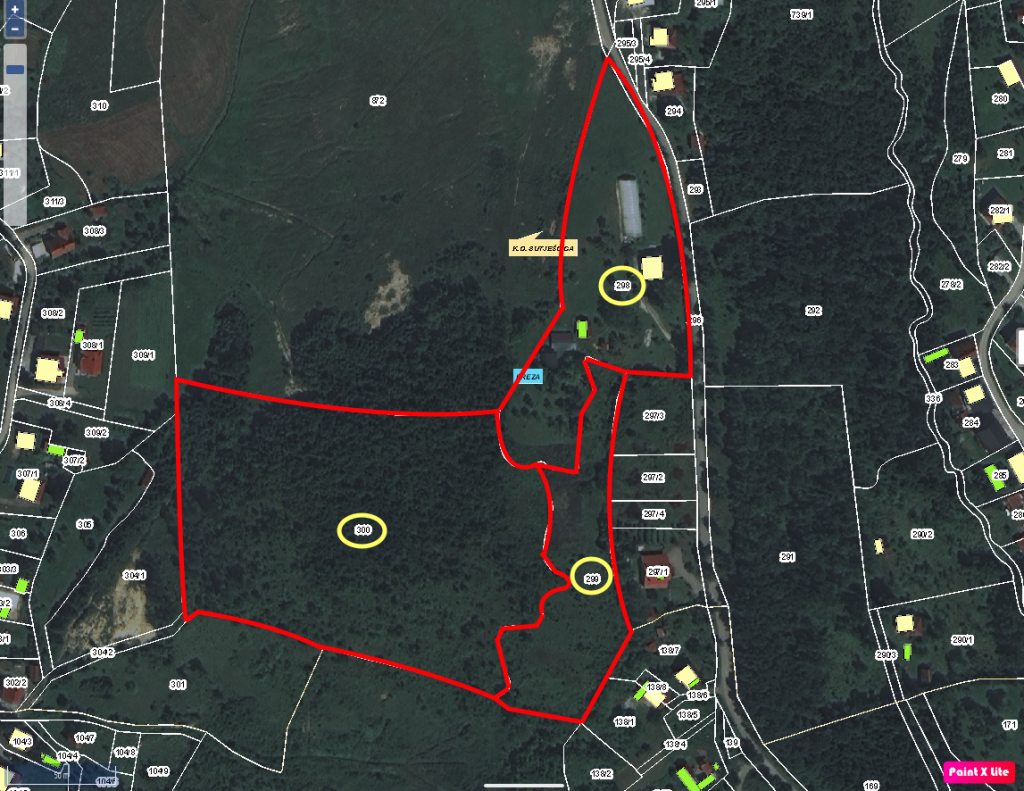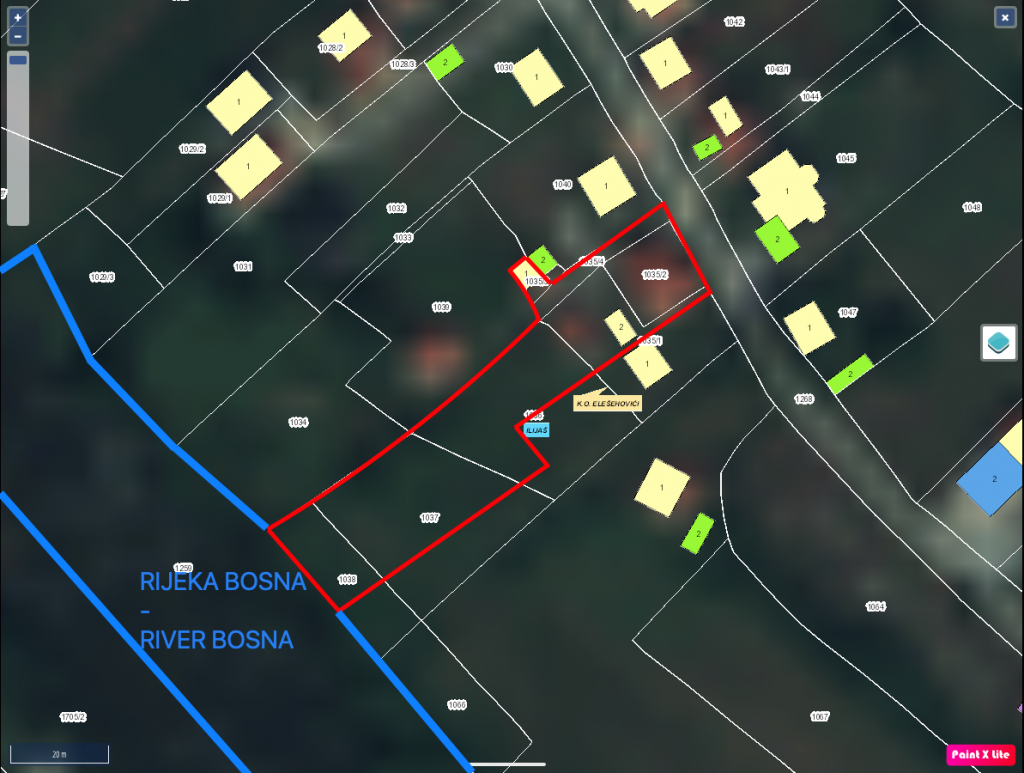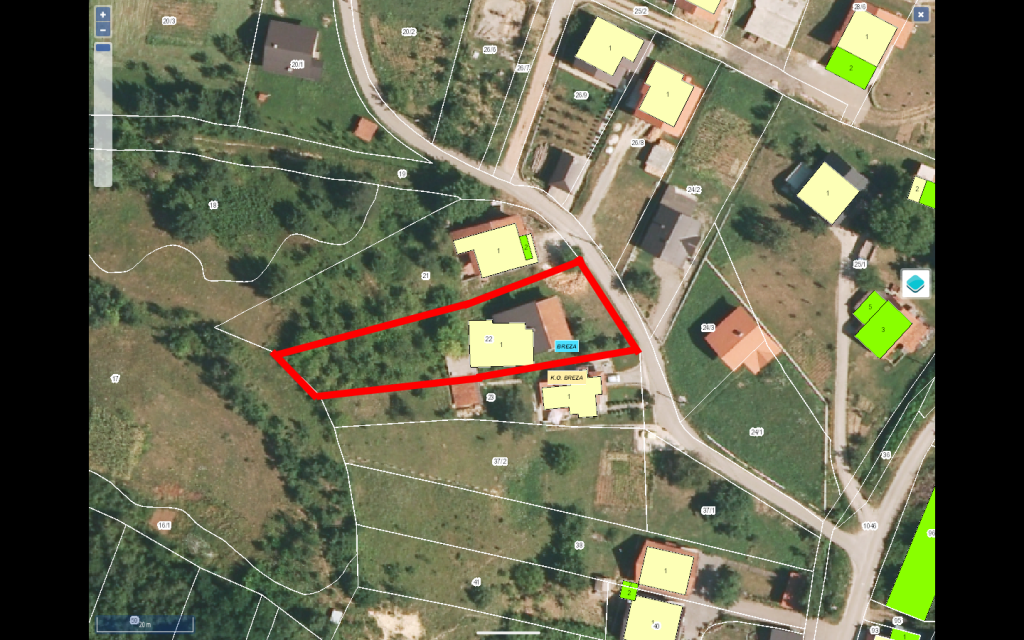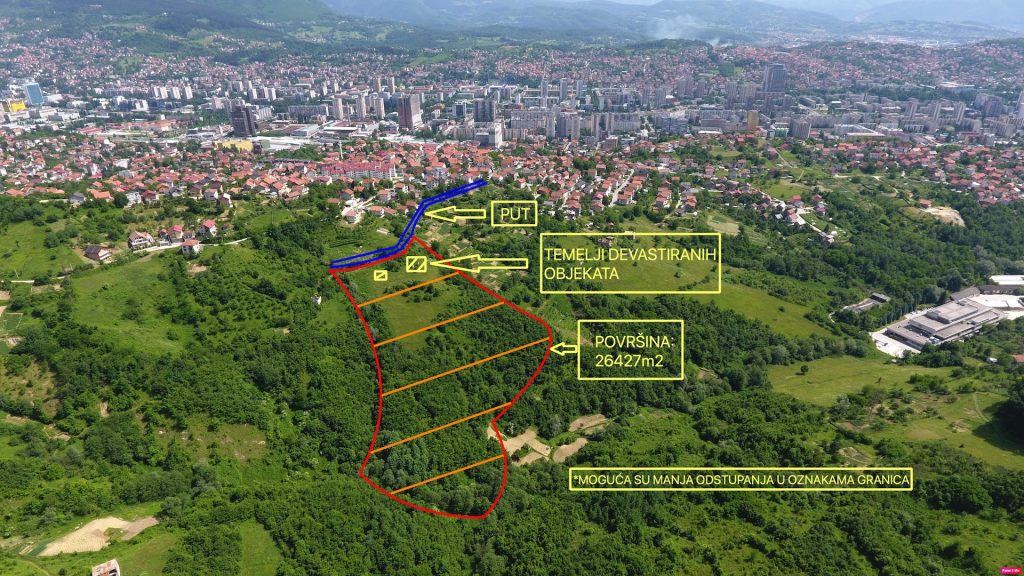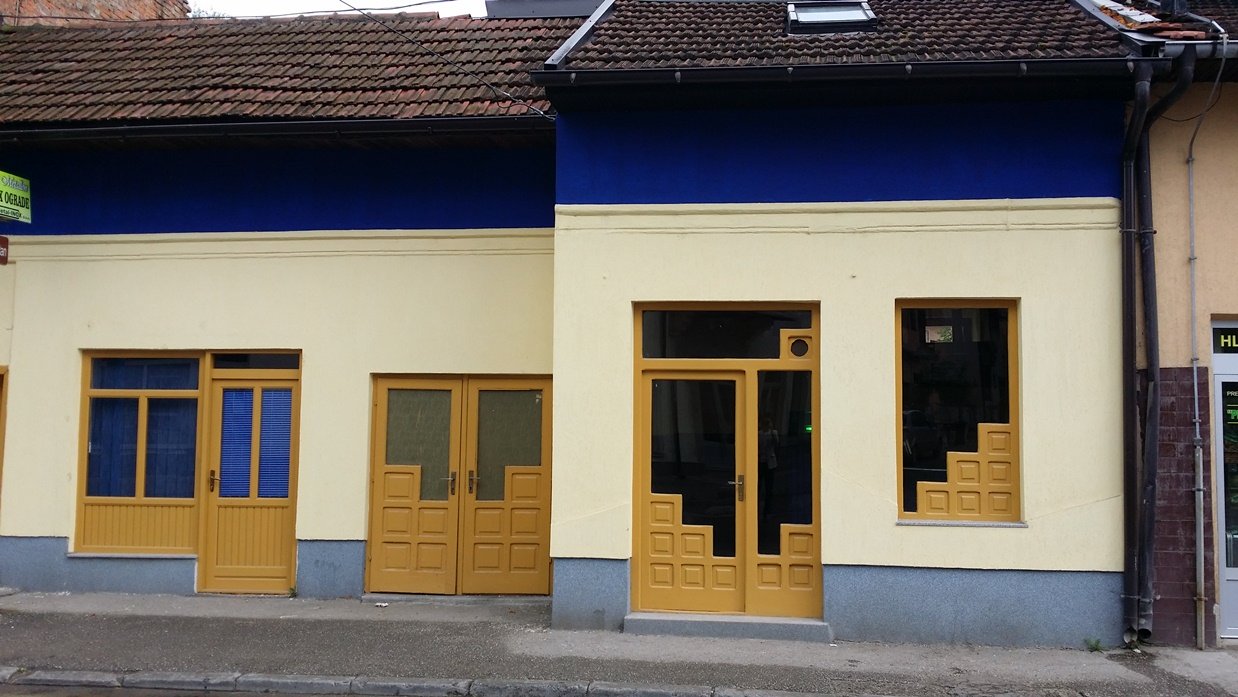Correlations between traits were analyzed for MGramsBV and SDGBV to investigate relationships between traits. To study whether selection, which should result in increased inbreeding and homozygosity per generation, had an antagonistic effect on MGBV and SDGBV, correlations of SDGBV and MGBV with the genomic (FG) and the pedigree (FP) inbreeding coefficients were computed for each trait. Furthermore, MGBV and SDGBV were tested for normality.
Recognition
Result of new simulation were validated by rebuilding new paternally carried haplotype for each and every animal. Then paternally sent haplotype breeding value try estimated, because of the summing the latest paternally transmitted haplotype, which in this case makes reference to haploid chromosomes, with half the fresh projected SNP outcomes. An allergic reaction investigation try did to search for the measurements of this new progeny communities for each sire required for recognition. The latest seen suggest and you may fundamental deviation of your projected reproduction values of your own young children was basically in contrast to the brand new mean and you can practical departure extracted from the fresh simulation and you will correlations was computed.
Mating plan
After brand new prediction of MGBV and you may SDGBV, particular matings was basically customized using recently set up mating software, that can is sold with creature ownership guidance and you may pedigree studies. New expected indicate reproduction property value a possible children was determined as:
where mBV is the expected breeding value of an offspring based on the parental average estimated breeding values, MGBVs is the estimated mean gamete breeding value of the sire, and MGBVd is the estimated mean gamete breeding value of the dam.
where sBV is the expected standard deviation of breeding values within the potential offspring of the same mating, SDGBVs is the standard deviation of gamete breeding values of the sire, and SDGBVd is the standard deviation of gamete breeding values of the dam.
Results
Figure 2 shows for each trait and animal the relation between MGBV and SDGBV. Average MGBV were equal to 0.36 genetic standard deviation (?a) for fat yield, 0.54 ?a great, for protein yield, 0.22 ?a for somatic cell score, and 0.09 ?a for the direct genetic effect for stillbirth. A mean SDGBV of 0.47 ?a was obtained for somatic cell score. The direct genetic effect for stillbirth had an average SDGBV of 0.25 ?a. All plots show the presence of animals with equal MGBV but significantly different SDGBV. For example, for protein yield, bulls with an MGBV of 1.8 ?a showed a maximum difference in SDGBV of 0.22 ?a.
Matchmaking anywhere between MGBV and you can SDGBV. Faculties examined was weight give, proteins produce, somatic telephone get together with head hereditary impression to possess stillbirth. The newest reddish traces mean method for MGBV and SDGBV. Per dot represents an animal.
Table 1 instanthookups online contains the observed correlations between the MGBV for the four traits, the genomic (FG) and the pedigree (FP) inbreeding coefficients. The correlation between MGBV was 0.66 for fat yield with protein yield and 0.15 for somatic cell score with the direct genetic effect for stillbirth. Correlation of SDGBV was lower with FG than with FP.
Correlations among SDGBV for the four traits are in Table 2. These correlations were lower than correlations among MGBV. Correlation between SDGBV was highest for fat yield with protein yield (0.41). Correlations between SDGBV for the other traits ranged from 0.05 to 0.13. For all traits, correlations between SDGBV and FP were negative. Correlations between SDGBV and FG were also negative for all traits and two to four times larger than correlations between SDGBV and FP.
The MGBV showed no difference between theoretical and sampled quintiles of the normal distribution function for any of the studied traits (results not shown). Figure 3 shows Q-Q plots for SDGBV for the four traits. The graphs indicate that the classes in the middle of the distribution were almost normally distributed for all traits. For the more extreme classes, especially for animals with a SDGBV for fat yield lower than 0.35 ?a, a substantial deviation from the normal distribution was observed.

